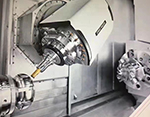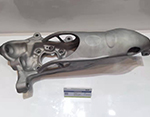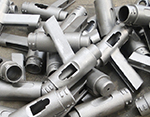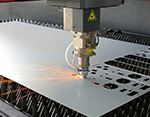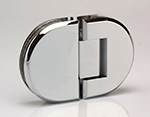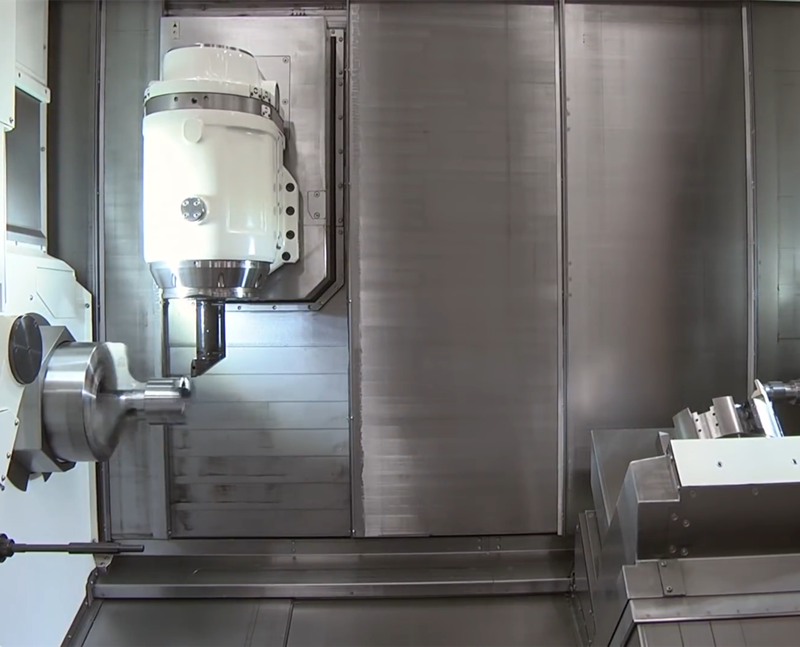-
Service
+
- CNC Precision Machining Service +
- Multi-Axis Simultaneous Machining Service +
- CNC Turning Service +
- Metal 3D Printing Service +
- Rapid Prototyping Service +
- Die Casting Service +
- Sheet Metal Fabrication Service +
-
Finish Serivces
+
- Polishing
- Grinding
- Brushed Finish
- Sand blasting
- Painting
- Powder Painting
- Anodizing
- Hard anodizing Service
- Passivation
- Zinc Plating
- Nickel Plating
- Chrome Plating
- Blackening
- Black Zinc Plating
- Teflon Coating
- Titanium Coating
- DLC Coating
- Laser Marking
- Silk Screen Printing
- Transfer Printing
- Micro Arc Oxidation
- Industries +
- About Us +
- Resource +
- Contact Us
- Quote

-
Service
-
>
-
>
-
>
-
>
-
>
-
>
-
>
-
>
-
- Industries
- About Us
- Resource
- Contact Us
Why 4 axis machining is so popular?
Brief introduce 4 axis machining, and analyze the superiority of 4 axis machiningFour-axis machining is special if compared with 3-axis and 5 axis. Four axis can process extremely complex parts with high precision as 5-axis, but it’s cost is close to 3-axis. Besides, 4-axis has many other advantages such as high effectiveness of production, high precision and high surface finish etc.
What's Four-axis Machining?
1. The definition of 4-axis
A 4-axis machine has 4 coordinates at least, they are the three linear coordinates X, Y, Z, and one rotating coordinate A or B. The A axis is rotating around X axis. The B axis is rotating around Y axis.
2. The feature of four-axis machining
A.The four axis machining can complete the machining work which the three axis can't do or which need long clamping.
B. When machining the free space surfaces, the 4-axis machining can improve the accuracy, quality and efficiency.
C.The coordinate of 4-axis is determined.
Determination of Z axis: The Z axis refer to the direction of the machine tool spindle or the vertical direction of the worktable where the workpiece is clamped.
Determination of X axis: X axis refer to the horizontal plane which parallel to the workpiece mounting surface, or the direction perpendicular to the rotation axis of the workpiece in the horizontal plane. The positive direction is the one which away from the spindle axis.
So there are two types of 4 axis, XYZ+A, XYZ+B.
XYZ+A This kind of 4-axis suit for machining rotating workpiece and turn-mill machining.
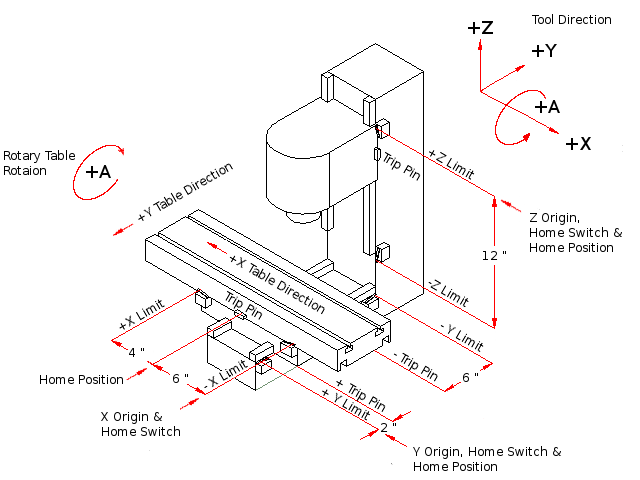
XYZ+B This kind of 4-axis is suitable for processing small products, due to its' small worktable and poor spindle rigidity.
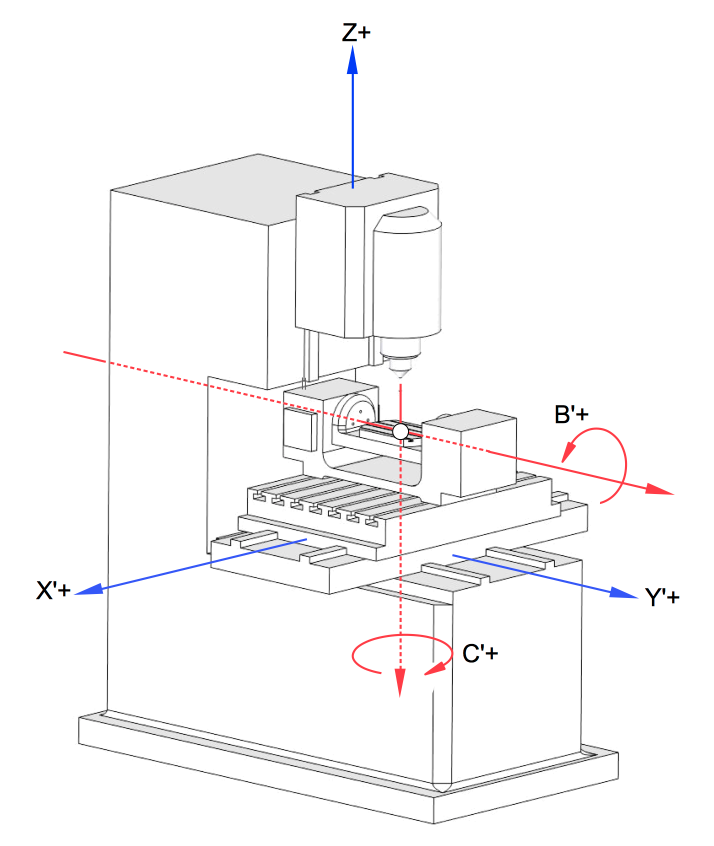
The 4-axis can realize processing on all five surfaces except the bottom surface. But we need do analysis before machining.
Available Material: Metals and plastics.
What's the advantages of 4-axis machining?
1. Less machining process and clamping process, and less machining time.
2. Four axis machining can process the complex surface which is difficult to be processed by the basic machining, it's also available to machine the place which can't be observed.
3. The tool wears is improved.
4. The machining process of 4-axis will shorten the clamping time.
5. No fixture is required.
6. The surface finish is improved.
7. The production is centralized. Multiple processing could be done on the 4-axis machine.
8. The efficiency of machining and producing is increased greatly.
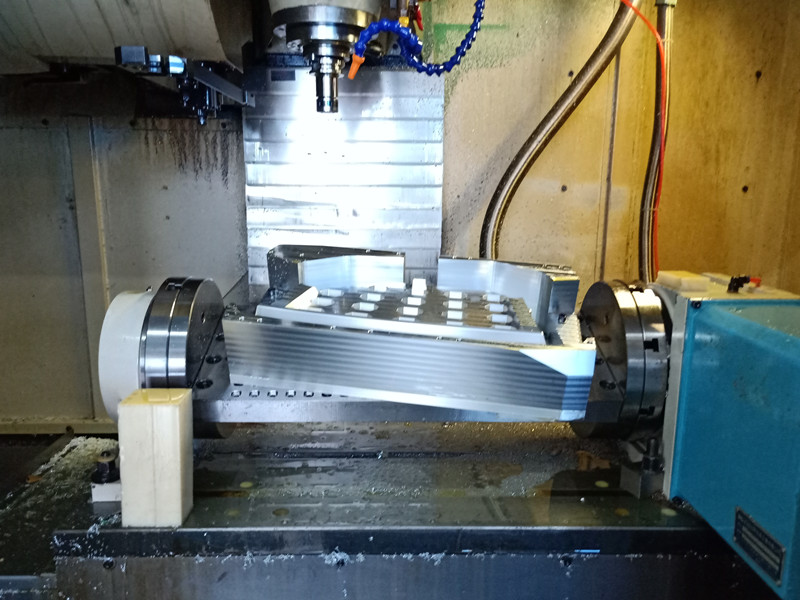
What's the limitation of 4-axis Machining?
The 4-axis machining is limited by its Geneva mechanism, as it allows the 4th axis only in principle and, but does not support continuous machining. Besides, the wear and tear of the worm gear mechanism is very high during high-intensity use.
Application of four-axis machining
The four-axis machining is widely used in many industries, such as aerospace, ship building, medicine, automobile, mold and many other mechanical industries.
The typical parts for four-axis are cams, turbines, worms, propellers, shoe molds, mannequins, auto parts, and many other precision parts.

